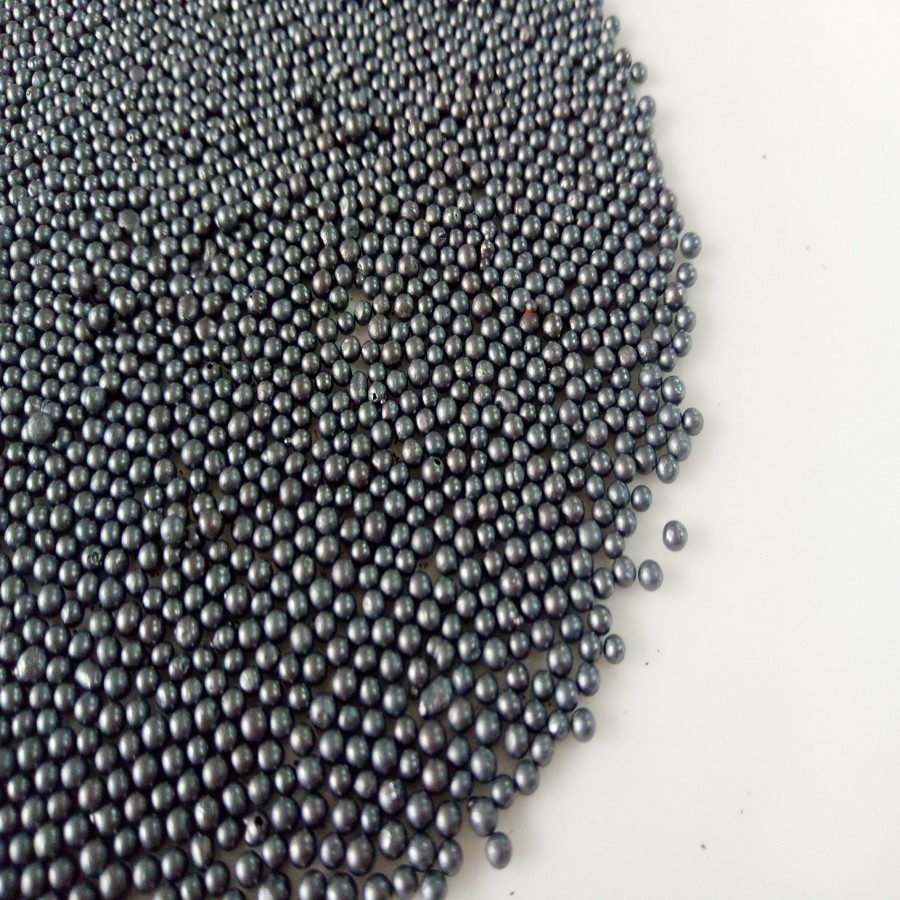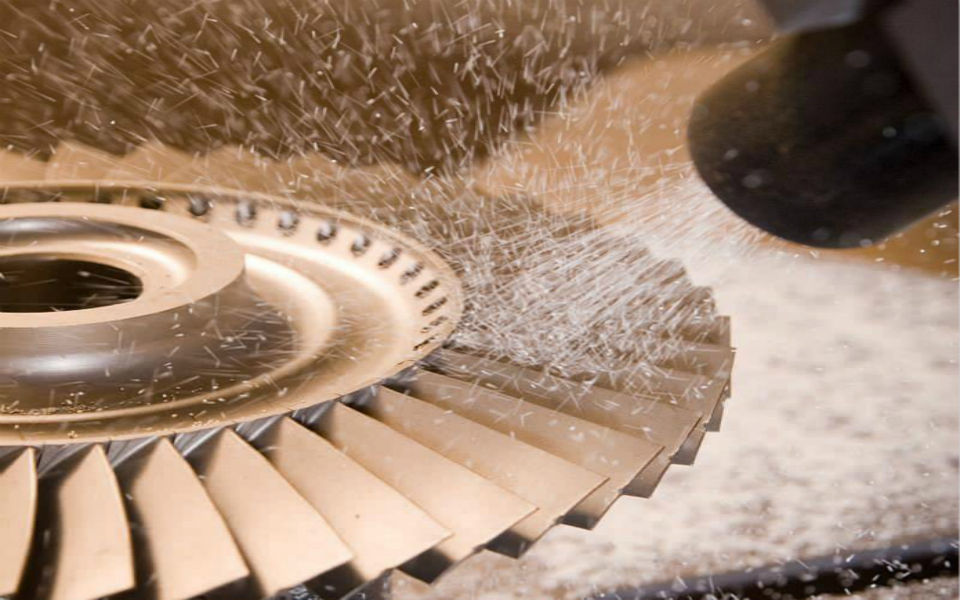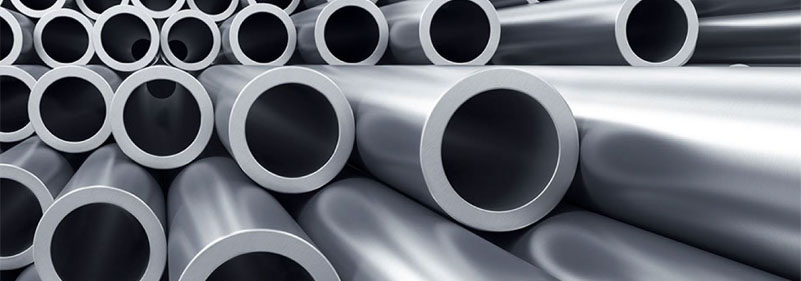Do You Know Which Materials Are Used for Shot Peening Projectiles?
Different kinds of projectiles:
1. The hardness of cast steel shot is generally 40 ~ 50HRC. When processing hard metal, the hardness can be increased to 57 ~ 62Hrc. Cast steel shot has good toughness and is widely used. Its service life is several times that of cast iron shot.
2. Cast iron shot Its hardness is 58 ~ 65hrc, brittle and easy to break. Short service life and not widely used. It is mainly used for occasions requiring high shot peening strength.

3. Glass pellet
The hardness is lower than the first two. It is mainly used for, titanium, aluminum, magnesium and other materials that do not allow iron pollution. It can also be used for the second processing after steel shot peening to remove iron pollution and reduce the surface roughness of parts.
4. Ceramic pill
The chemical composition of ceramic pellets is approximately 67% ZrO2, 31% SiO2 and 2% Al2O3 inclusions, which are made by melting, atomizing, drying, rounding and screening, and the hardness is equivalent to hrc57 ~ 63. Its outstanding properties are higher density and hardness than glass. It was first used for aircraft parts strengthening in the early 1980s. Ceramic pellets have higher strength, longer service life and lower price than glass pellets. Now they have been extended to the surface strengthening of non-ferrous metals such as titanium alloy and aluminum alloy.

Parameters of affecting shot peening quality
1. Shot peening strength
The process parameters affecting shot peening strength mainly include: shot diameter, projectile flow velocity, shot flow rate, shot peening time, etc
2. Coverage
Influencing factors of coverage: hardness of part material, shot diameter, spraying angle and distance, shot blasting time, etc
3. Surface roughness
Influencing factors of roughness: strength and hardness of part materials, projectile diameter, spraying angle and speed, original surface roughness of parts

 English
English 中 文
中 文 Español
Español Português
Português Deutsch
Deutsch Türk
Türk Pусский
Pусский عربي
عربي 한국인
한국인 日本語
日本語
